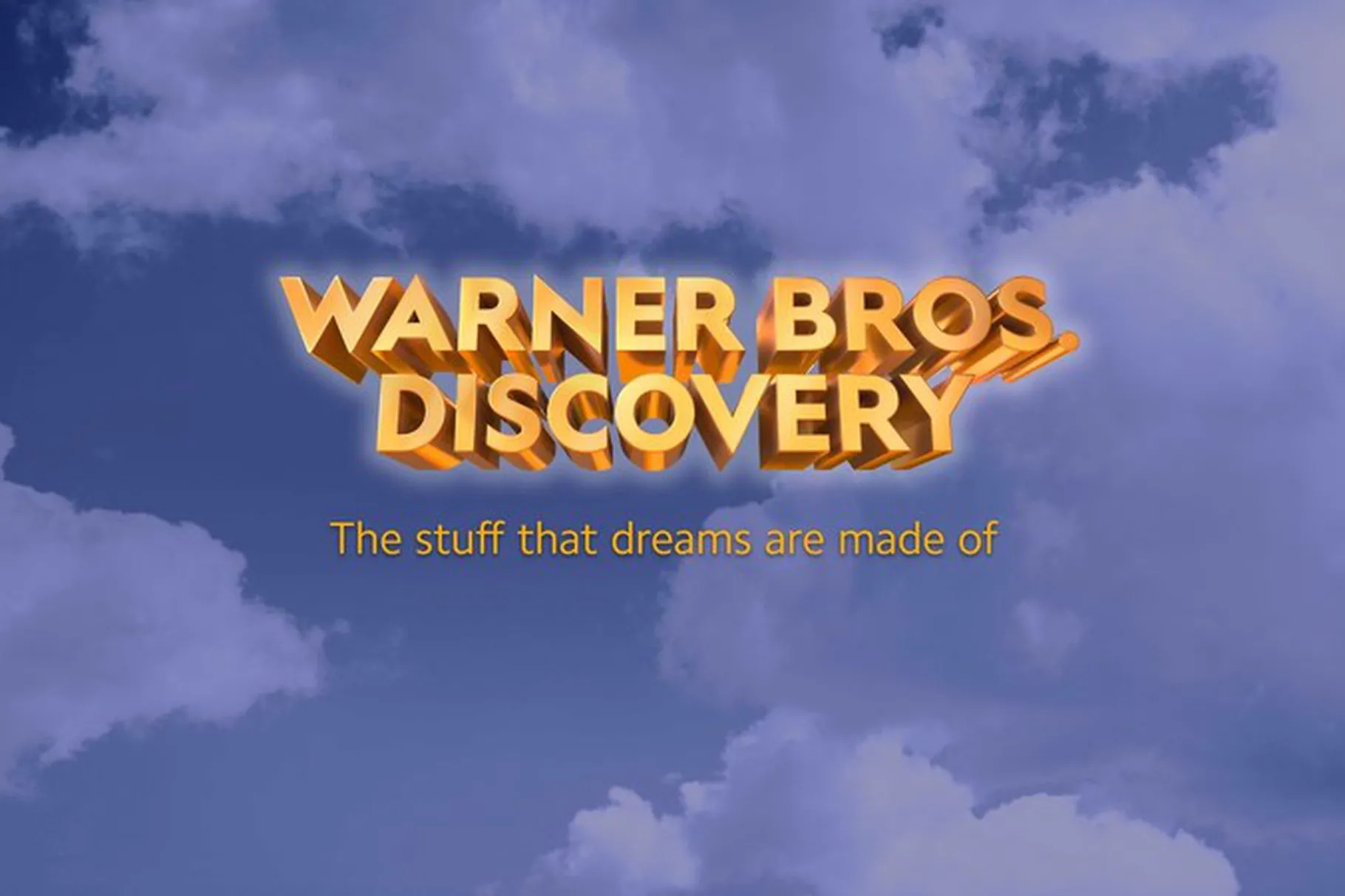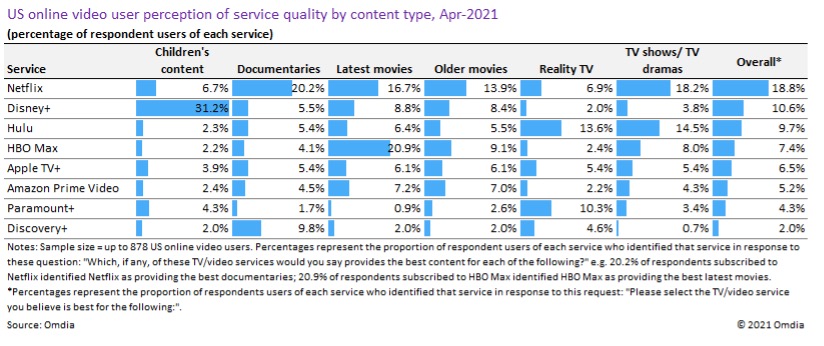
After more than 40 years of operation, DTVE is closing its doors and our website will no longer be updated daily. Thank you for all of your support.
Old brands, new stories: ‘Heritage’ media’s big challenge

Rob Gallagher, vice president of consumer research at Omdia, examines the challenges facing ‘heritage brands’ in the media business, and their attempts to keep up with the industry’s streaming leaders.
“We didn’t come into this business to build broadband. We didn’t come into this business to sell phones or to build cloud. The people that came into this business got here because we love telling stories.” This soundbite for Vanity Fair from David Zaslav, CEO of Warner Bros. Discovery, is a dig at the to-be company’s competitors Apple, Amazon, and even the spinoff’s former owner AT&T. But it’s also a pitch. So, who’s Zaslav trying to win over and why?
The piece is rich with references to Warner’s storied past, painting the NewCo as a kind of “heritage” brand—an expert in a timeless craft rather than a traditional media company that needs to change its ways.
Zaslav’s story aims to convince investors that Warner Bros. Discovery can achieve the same kind of success with streaming as Netflix and Disney (the latter of which recently surpassed US$2 billion for consumer spend). “[T]he mission of this company is going to be to spend more money on content,” he says. “And the reason this deal makes sense is that we have the resources to invest in content.” Zaslav claimed that the two parties have spent $20 billion on content this year, more than Netflix, which we estimate will spend $13.6 billion.
Converting consumers
Winning over consumers may be a harder sell. Although Omdia’s research found that HBO Max was rated “best” for the latest movies by the greatest proportion of its US subscribers (20.9%), subscribers scored Netflix (18.2%) and Hulu (14.5%) more highly for the kind of content the HBO brand is most known for, TV dramas. Subscribers also identified Netflix as being best for documentaries (20.2%) and reality TV (6.9%) compared to Discovery+ (9.8% and 4.6%, respectively), despite those being Discovery’s specialties.
Subscribers rated Netflix most highly for overall content quality (18.8%) although it only started commissioning its own content from 2013. So much for the power of heritage brands.
To win over consumers, Warner Bros. Discovery must convince the talent, including people alienated by Zaslav’s predecessors. Competition is already intensifying. Despite his suggestion that Apple and Amazon will be distracted by other markets, both seem as committed to spending their way to content success as he is.
Amazon, for example, will increase its programming spend by 45% in 2022 to $12.6 billion. Netflix’s outlay will pass $14.1 billion, and Disney’s will rise to nearly $31.2 billion—and that’s counting only spend for its TV networks and streaming services.
Signing up talent outside of the US presents another challenge. Local content is key to attracting customers in international markets, which Omdia forecasts will account for 75% of online video subscriptions in 2025, hence the heavy investment by Netflix and Amazon. And given that the top 120 media groups will spend $88.3 billion on original programming by 2025, growing by $16.3 billion from 2021, international markets may become a necessary source of new ideas.
Even with talent secured, Zaslav will need to work on a story more powerful than all Warner Bros. Discovery’s brands combined: a way to package its content for consumers whose viewing habits and allegiances have fundamentally changed since the rise of Netflix.



